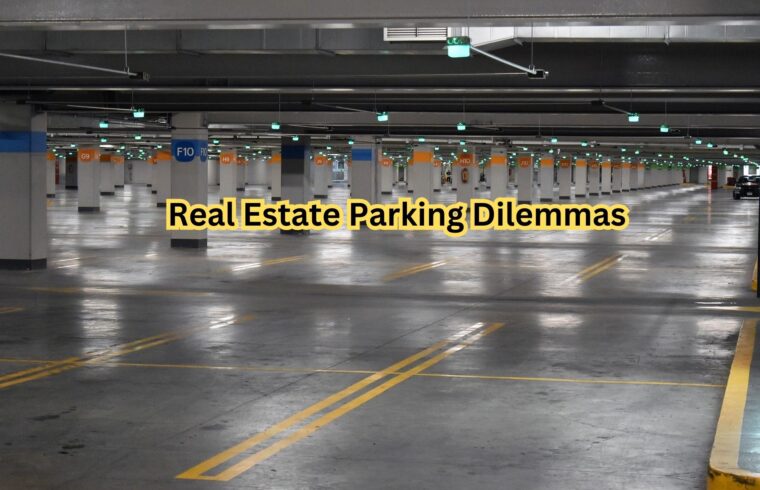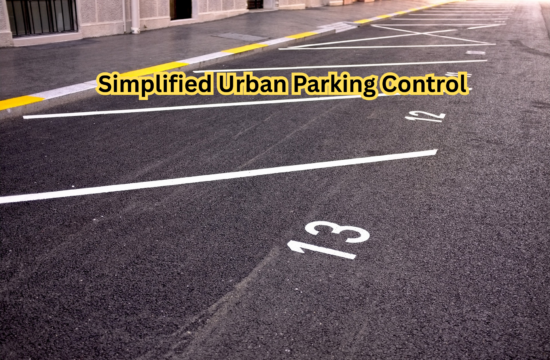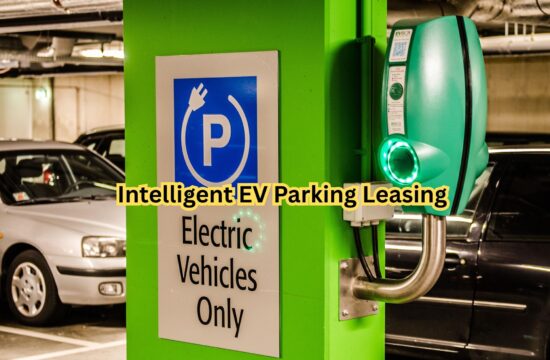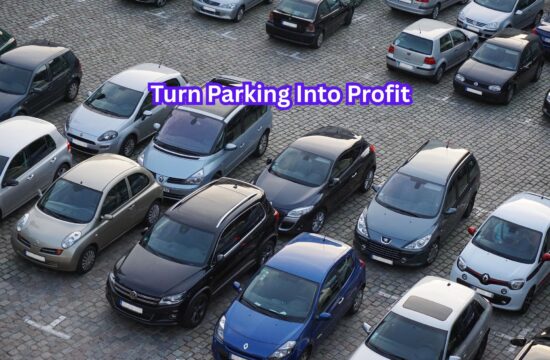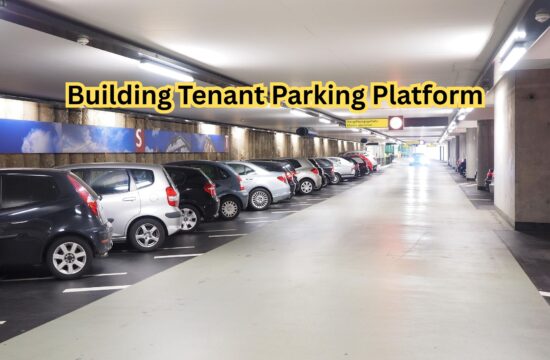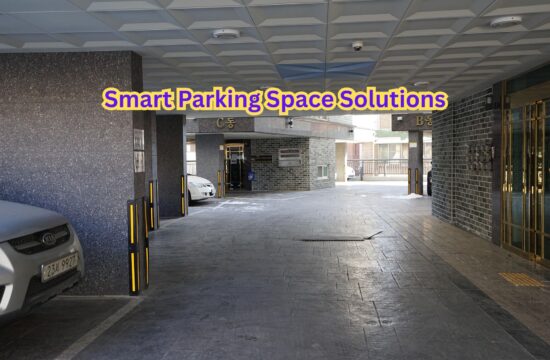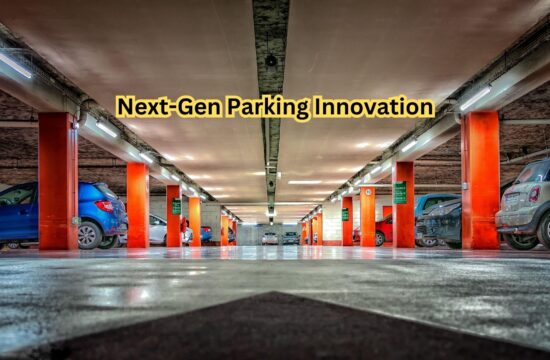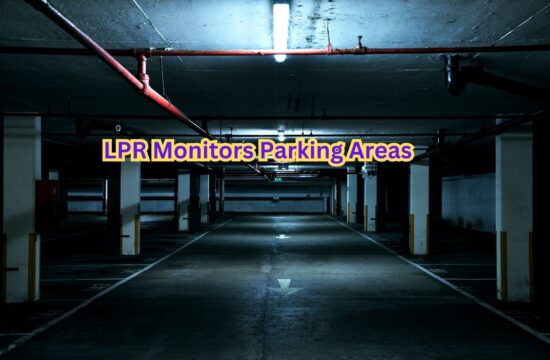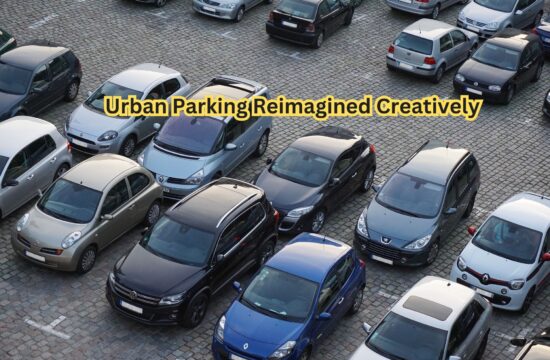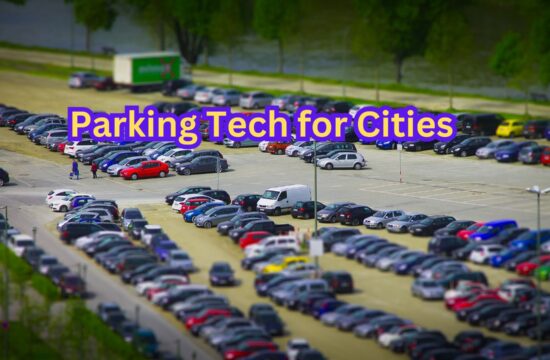The problems surrounding real estate parking have never been more complicated due to growing populations, changing commuting patterns, and the drive for sustainability. Real Estate Parking Dilemmas have long been a crucial issue in urban development. Comprehending the contemporary parking conundrums can assist developers, property managers, and homeowners in making well-informed choices regarding real estate investments and administration. Understanding Real Estate Parking Dilemmas is essential for addressing both the logistical and environmental challenges that come with modern cities. Stakeholders can evaluate Real Estate Parking Dilemmas to create more effective, forward-thinking solutions that ensure parking needs are met sustainably in the future.
Limited Space and Expanding Demand
Cities are finding it harder to acquire land, especially in desirable spots that they once set aside for parking. Developers find it more difficult to supply enough parking as populations rise and the need for residential and commercial spaces rises. Demand frequently outpaces supply, and this situation gets worse as cities grow. Limited public transit and a dearth of secure places for locals to bike or stroll exacerbate this problem.
The Rise of Shared and Reserved Parking Solutions
Parking models are changing to include reserved and shared spaces. Residents of new projects can book seats using applications thanks to smart technologies. Businesses and residential areas can use parking spaces at different times thanks to shared parking, which eliminates the need for individual slots. For instance, office buildings see strong demand throughout the day. Which benefits both developers and residents, whereas retail properties remain underutilized at night.
Sustainability and the Need for Eco-Friendly Alternatives
Developers are looking into environmentally friendly parking options as sustainability gains traction. To keep up with the growing demand, electric vehicle (EV) charging stations are incorporated into buildings. Permeable pavement is used in green parking lots to lessen environmental effect and runoff. In order to promote shared mobility in new developments. Developers are including carpool and rideshare spaces to lower the number of vehicles and parking demand.
Automated Parking: The Future of Real Estate Parking
Automated or robotic parking solutions are the next step in resolving parking issues in real estate. These methods minimize the amount of space required for parking by using robots or automated systems to park cars in small areas. Developers can optimize land use and design more effective parking solutions by utilizing more vertical space and reducing the requirement for large lanes. Although this technology is still in its infancy, urban developments hoping to address the parking problem. And boost land value stand to benefit greatly from it.
Parking Management Solutions
For homeowner associations and property managers, efficient parking management is essential. This entails integrating technology like sensors or cameras for real-time occupancy tracking. Monitoring utilization to maximize space, and enforcing explicit parking regulations to prevent unwanted entrance. By adjusting for peak times and guaranteeing residents or tenants have priority access, these systems assist managers in allocating spots effectively.
The Future of Real Estate Parking
Real estate parking’s future depends on adaptability, innovation, and technology. Parking demand changes as shared mobility, public transportation, and electric automobiles increase. Developers who follow these trends will increase revenue and provide better, more sustainable solutions. In conclusion, developers must adjust to new approaches such as automated systems and shared areas in order to satisfy the evolving demands of urban living.

